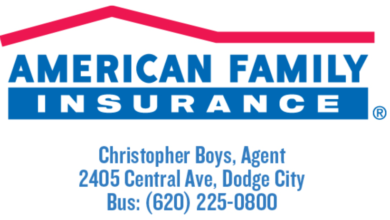When it comes to implementing access control systems, turnstiles are an integral part of the solution. However, the effectiveness of turnstiles relies not only on their robustness and security features but also on their user-friendly interfaces. A user-friendly interface ensures that individuals can easily navigate through the turnstile, reducing confusion and improving the overall experience. In this article, we will explore the importance of choosing turnstiles with user-friendly interfaces and the benefits they bring to facilities.
1. Ease of Use for All Individuals:
A user-friendly interface is designed to be intuitive and easy to use for individuals of all backgrounds, ages, and abilities. Turnstiles with clear visual instructions, simple touch panels, and straightforward instructions minimize the need for extensive staff assistance or guidance. This improves self-service capabilities, allowing visitors to quickly and efficiently pass through the turnstiles without added complexity or frustration.
2. Reduced Training and Staffing Requirements:
User-friendly turnstile interfaces require minimal training for both visitors and staff. By choosing turnstiles that are easy to understand and operate, facility managers can reduce the time and resources spent on training security personnel on complex systems. This frees up staff to focus on other critical tasks, while also increasing operational efficiency within the facility.
3. Improved User Experience:
A user-friendly turnstile interface can greatly enhance the overall user experience. Visitors appreciate systems that are easy to navigate, as it reduces the time and effort required to gain access. Clear instructions, visual indicators, and responsive interfaces create a positive impression, fostering a welcoming environment. This positive experience can also lead to increased visitor satisfaction and customer loyalty for facilities such as airports, stadiums, or office buildings.
4. Minimized User Errors and Delays:
Complex turnstile interfaces can lead to user errors, resulting in delays and potential congestion. By choosing turnstiles with user-friendly interfaces, the risk of user errors is minimized. Clear visual cues, easily understandable instructions, and responsive feedback help visitors navigate through the turnstile with confidence, reducing the likelihood of mistakes or accidental misuse. This, in turn, contributes to a smoother flow of individuals and improves throughput in high-traffic areas.
5. Accessibility for Individuals with Disabilities:
Facilities should prioritize inclusivity and accessibility for individuals with disabilities. Turnstiles with user-friendly interfaces can be designed to accommodate various accessibility needs, such as providing audio instructions, large buttons, or tactile cues for those with visual impairments. By ensuring accessibility in turnstile interfaces, facilities promote equal opportunities for all individuals and comply with accessibility regulations.
6. Customization and Branding Opportunities:
User-friendly turnstile interfaces can be customized to reflect the branding and aesthetics of the facility. Customizable interfaces can feature logos, colors, or graphics that align with the facility’s brand identity. This not only enhances the overall appearance of the turnstiles but also provides an opportunity for facilities to reinforce their brand presence and create a cohesive environment.
Conclusion:
Choosing turnstiles with user-friendly interfaces is crucial for facilities seeking to enhance the access control experience for their visitors. By opting for intuitive interfaces, facilities can improve ease of use, reduce the need for extensive training or staff assistance, enhance the overall user experience, minimize errors and delays, ensure accessibility for individuals with disabilities, and seize customization opportunities. Ultimately, prioritizing user-friendly turnstile interfaces helps create a welcoming and efficient environment that leaves a positive impression on visitors while supporting the security and access control objectives of the facility.




